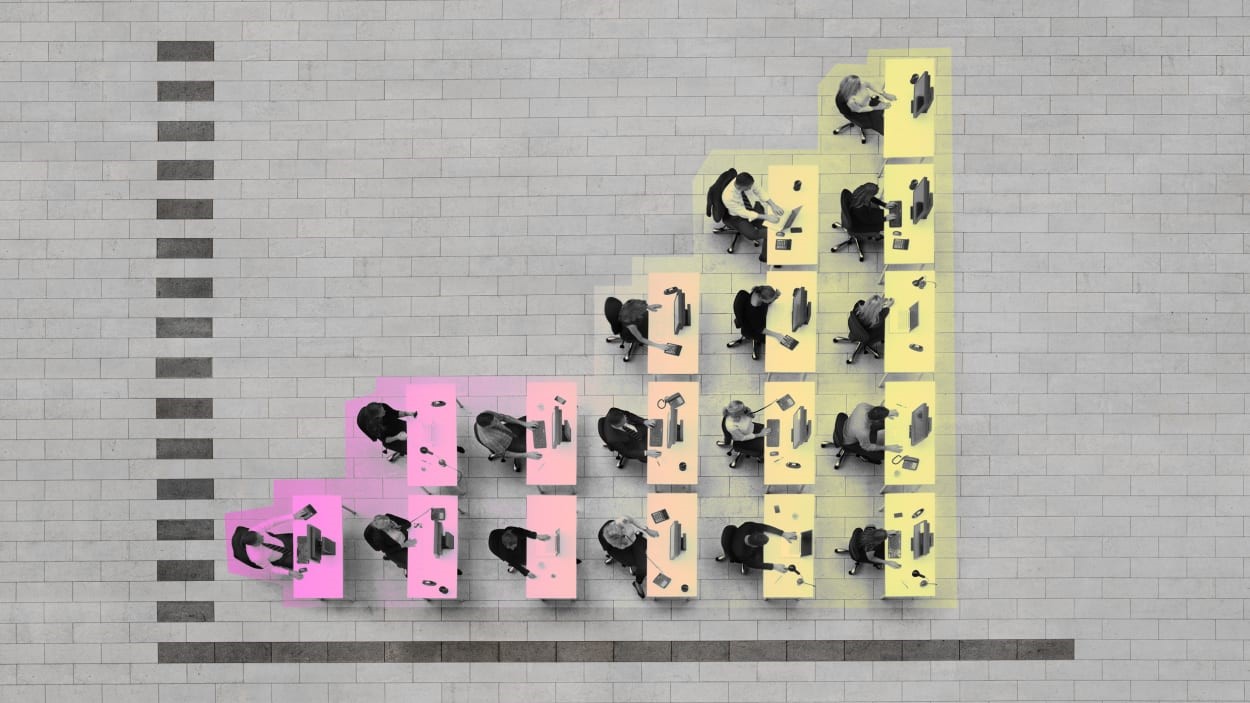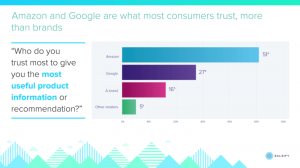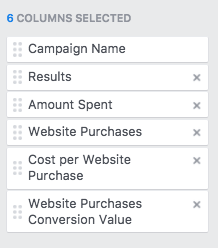By Tracy Avin and Rebecca Price
It is imperative for all organizations to have a winning retention strategy in 2024.
Those who remember 2021 well will know that the Great Resignation was about more than a tidal wave of talent leaving their respective roles and heading for the hills. It was also about other organizations (and recruiters for these organizations) drawing workers away from their posts for greener pastures.
Although we aren’t expecting record-high rates of attrition in the year ahead, a winning retention strategy will help organizations protect their talent and start 2024 on a strong foot. Rather than be reactive, HR leaders should be taking proactive measures to retain workers. Here’s why we believe a top-down and bottom-up retention strategy will be key for 2024.
Top-down and bottom-up retention strategies
As far as management styles go, the top-down approach involves a leader crafting the vision, divvying up directives, and allowing teams to execute—intervening when needed. Managing from the bottom up, on the other hand, allows organizations to ideate and iterate based on feedback from the front lines, creating more opportunities for feedback. While these two approaches differ greatly, many organizations will find situations and circumstances where each can be beneficial.
“I’ve always found the most effective retention-centric organizations invest in both inclusivity and internal mobility with equal measure,” says David Daniels IV, a talent acquisition consultant who works with companies like Lululemon. “Lululemon has teams dedicated to both, which helps employees feel like both their perspectives and career trajectories are inherently valued.”
Top-down and bottom-up retention strategies follow a similar format and should be wielded in tandem for the best results. Here’s how each of these strategies work, as well as some ways you can put these theories into practice:
The bottom-up approach
This approach places emphasis on empowering employees at all levels of the organization, encouraging participation while fostering a culture that values their contributions. It also allows you to determine why people joined their team in the first place, and what motivates them to be successful. “Run an experiment with each of your employees,” Price says. “Do you know why they chose to work at your company? If not, ask.”
Initiating this experiment goes well beyond a superficial understanding, requiring personal engagement to uncover individual motivations and to align them with the company’s values and core objectives. From here, you can hone a culture that emphasizes the significance of each individual role, ensuring employees feel valued, autonomous, and tethered to the organization’s vision. Considering autonomy has become one of the key reasons why employees decide to stay in (or leave) a role, HR leaders should be doing everything they can to promote autonomy within their teams.
Actionable examples:
The top-down approach
A top-down strategy, on the other hand, places the onus on HR leaders and management to set the tone for the organization’s culture and values through strategic initiatives—and a hefty dose of introspection. To effectively implement this strategy, Price says, “You should understand which skills and competencies are required to hit 18- to 24-month business goals.” In turn, this will allow you to “ensure you are retaining and engaging critical staff, proactively build development plans for high-potential talent that can grow into more impactful roles, and begin activating your talent networks to warm up pipelines for harder-to-hire roles.”
By managing from the top down, you can ensure your employees aren’t just engaged, appreciated, and supremely effective now, but also in the years to come.
Actionable examples:
Balancing both approaches
Bottom-up and top-down retention strategies may be distinct in their focus, but HR leaders will find that optimal results are achieved when these approaches are run parallel to one another. The use of these two strategies in tandem helps to establish a balance, where an empowered, autonomous workforce is supported by rock-solid, purpose-driven leadership. The result is teams that feel impactful in their current roles, leaders who feel confident in their existing human capital, and organizations that are equipped for success.
With that said, effectively leveraging these two approaches can be a balancing act. And while ensuring individual employees are empowered is crucial for both engagement and motivation, leaders can engage existing employees while still strategically planning for future talent needs. This integration serves as a stable foundation for a dynamic and engaged workforce that ultimately aligns with the organization’s short- and long-term goals.
“Too often, organizations rely solely on the executive team to set the tone and direction. Ensuring harmony is work to be done all across the business, at all levels,” says Angela Cheng-Cimini, SVP of talent and chief human resources officer at Harvard Business Publishing. “This two-pronged approach will reveal disconnects that, when addressed, will ensure a much more engaged and productive workforce.”
The ever-evolving hiring landscape demands a proactive and adaptive approach from HR leaders. People managers must recognize the significance of employee retention and engagement strategies. By adopting a dual strategy that emphasizes both bottom-up and top-down approaches, companies can not only deftly navigate the changing landscape but also foster a company culture that supports employee growth, engagement, purpose, and passion.
(10)







